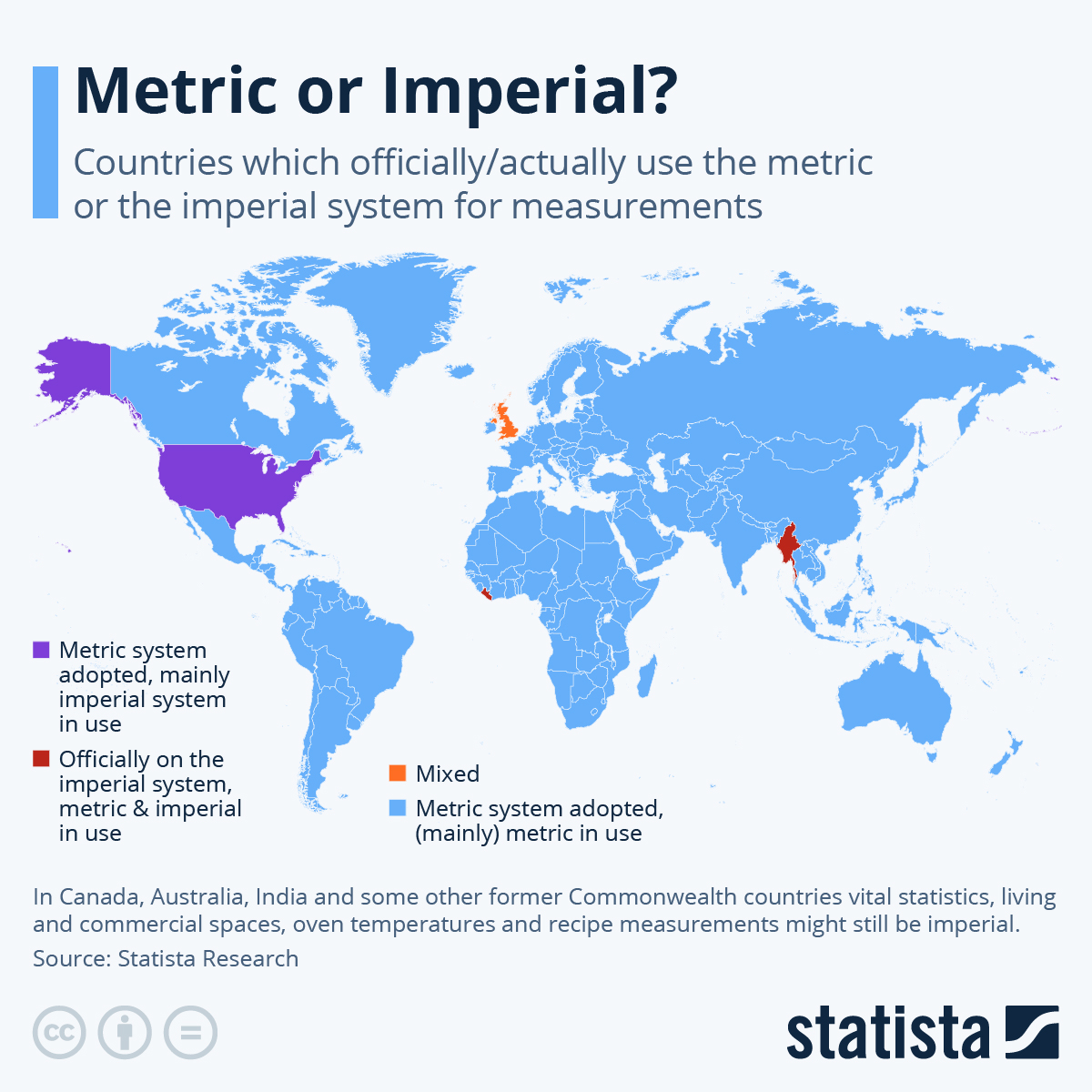Greetings,
I am considering purchasing a DJI Mini Pro 3 but given it's <249g weight it begs the question if it's too light to handle the winds we have here in in Northern Michigan. While I've only been here a very short time the winds appear to consistently range from 10 - 20MPH with gusts to 30MPH. (On that note I notice that both speeds and weight are given in Metric only but am unsure why).
Would I not be better off starting with a heavier Drone for stability?
Thank you!
Lyman
I am considering purchasing a DJI Mini Pro 3 but given it's <249g weight it begs the question if it's too light to handle the winds we have here in in Northern Michigan. While I've only been here a very short time the winds appear to consistently range from 10 - 20MPH with gusts to 30MPH. (On that note I notice that both speeds and weight are given in Metric only but am unsure why).
Would I not be better off starting with a heavier Drone for stability?
Thank you!
Lyman










